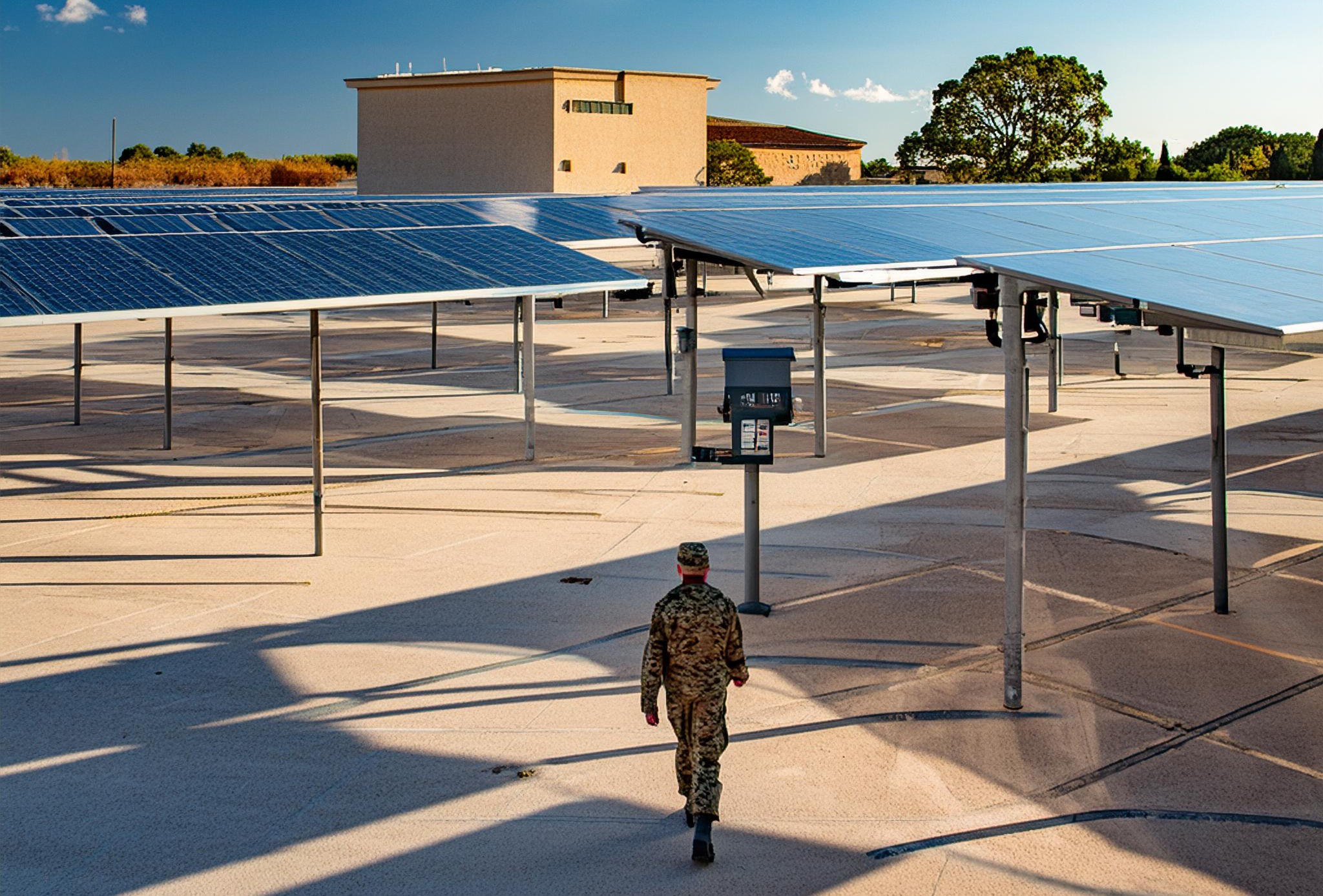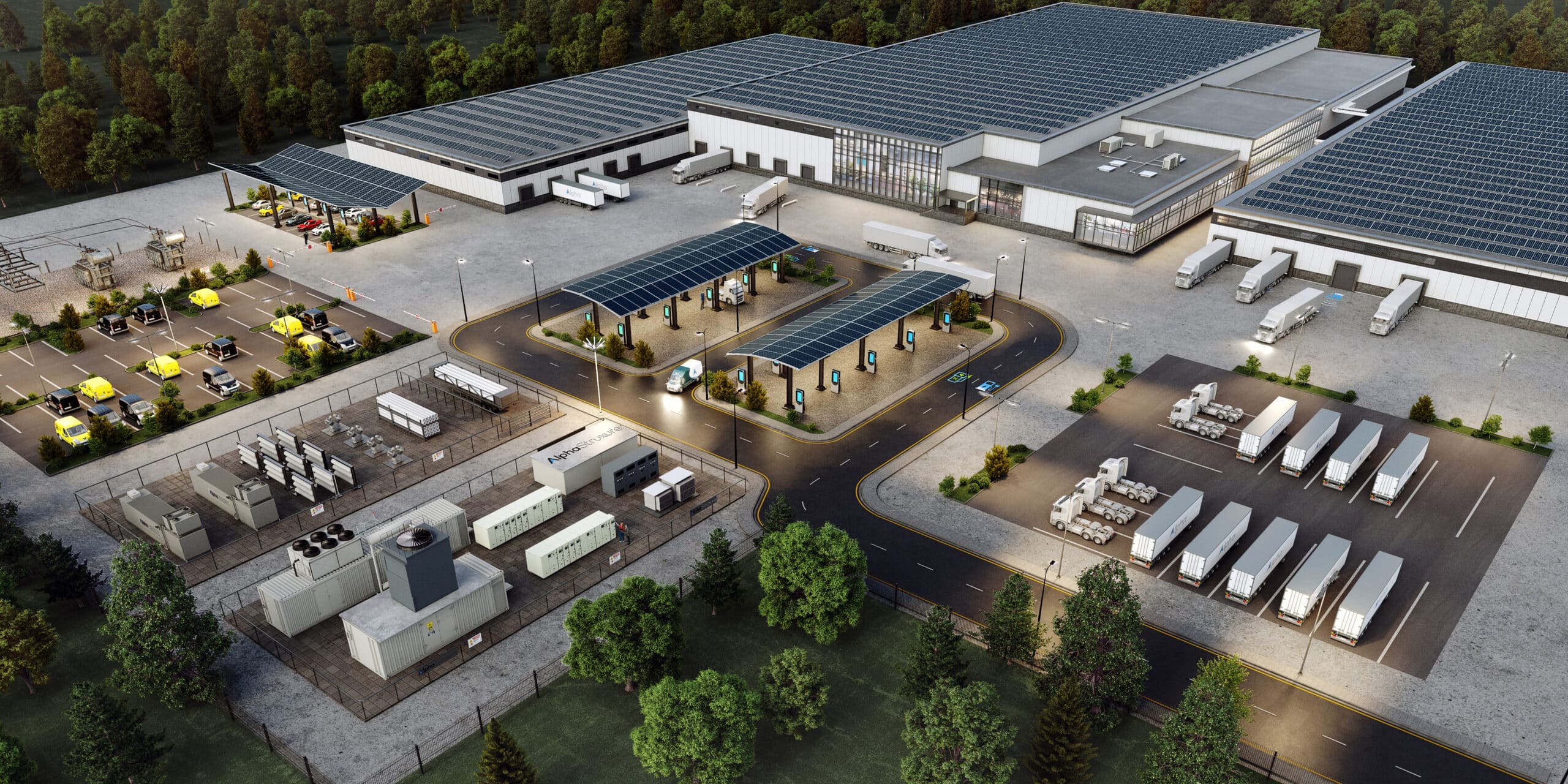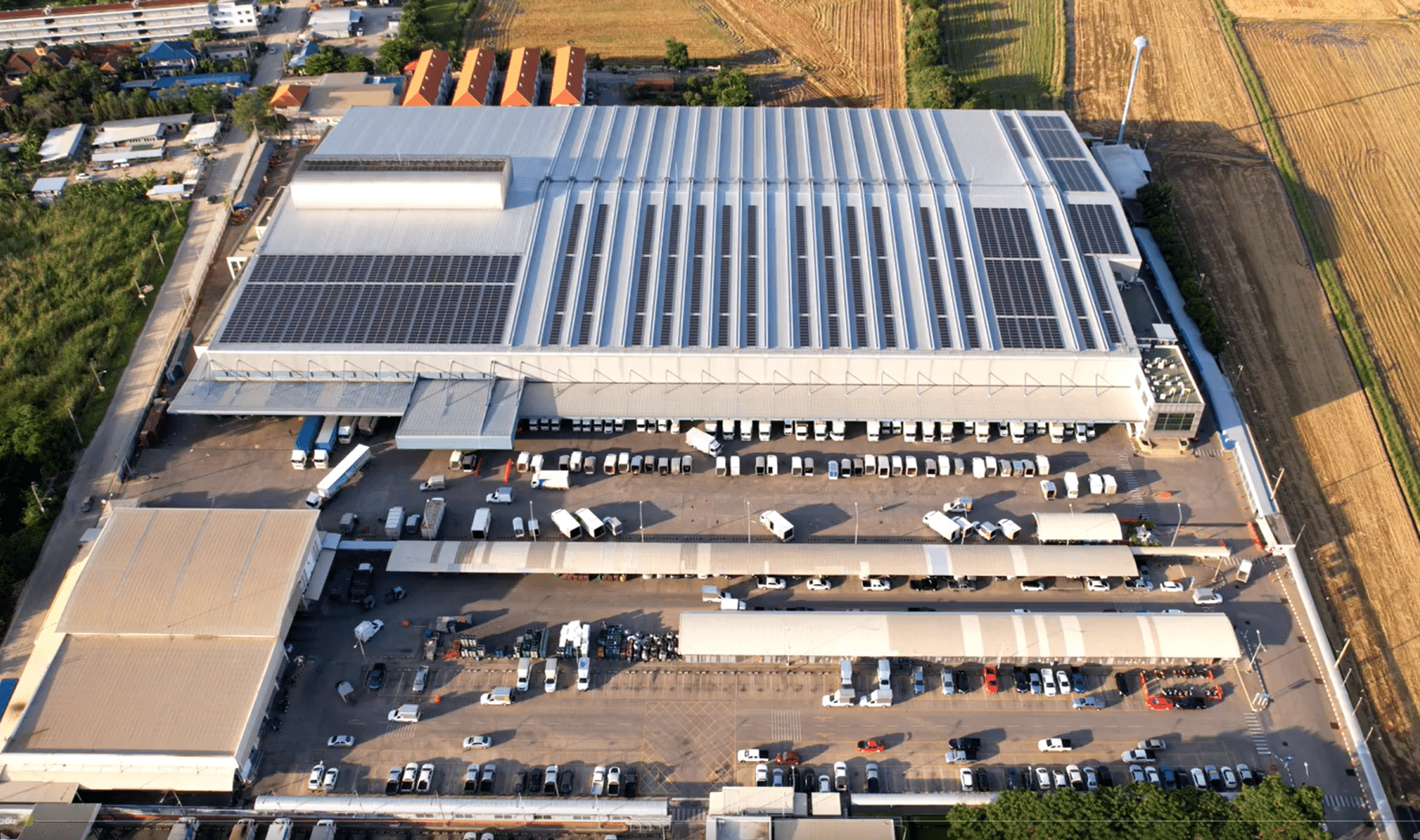The extreme freeze in Texas and ensuing power outages in February were the latest reminders that energy is the backbone of our society. From wildfires in the west to hurricanes on the Atlantic seaboard, climate related events are increasing in severity and frequency, revealing the vulnerability of our power grid across the nation.
Major electric disturbance events like February’s “Tex-Mess” are rarely the result of failing power generators. It’s the distribution system for our electricity that is far more fragile, accounting for 90 percent of all customer power outages. It will take considerable time and investment to update our aging power grids, and in the meantime, we must explore distributed clean energy systems –small, modular, energy generation and storage technologies that provide electric capacity or energy where you need it –that can help support the proper functioning of our economy and society.
The reliability and resilience of our country’s energy infrastructure received top billing in President Biden’s $2.3 trillion infrastructure and climate action bill. The recent revival of the Green New Deal by progressives seeks to take Biden’s plan even further, with proposed legislation to authorize spending aimed at accelerating state and local efforts around the transition from fossil fuels. This long-awaited momentum is promising, but any attempts to improve electrical infrastructure must combine resilience, emissions reduction and long-term cost-effectiveness to ensure the greatest benefit to society.
1) Enhance energy resilience and reliability
2020 was a record-shattering year for weather and climate disasters, with 22 separate “billion-dollar” events in the U.S., eclipsing the previous record of 16 events. Damage from such disasters in the last five years alone exceeds $600 billion. Of course, it’s not only bottom lines that are at stake but human lives. Hospitals, first responder facilities, water treatment, and other critical services all depend on reliable electricity to provide services.
Decentralized energy resources such as solar and energy storage are essential for relieving pressure on the grid and can provide backup power when the grid is down. With advancements in intelligent control systems, it’s possible for organizations to run on a self-contained electrical network that generates electricity on-site and optimizes how and when the organizations use that energy. These systems, often referred to as microgrids, can work in concert with the utility grid or “island” to distribute energy locally in times of outages, so that facilities can continue to operate without interruption.
2) Reduce greenhouse gas emissions contributing to climate change
The unfortunate truth is that we’re behind on meeting the commitments of the Paris Agreement, with scientists recently indicating a 40% chance that we reach the 1.5 degrees Celsius threshold within the next five years. Meeting Biden’s aggressive goal to slash greenhouse gas emissions to 50-52% below 2005 levels by 2030 will require things like mass vehicle electrification, building energy efficiency upgrades, and the retiring of coal plants that our current economy is not currently equipped to do without. However, bolstering the grid with localized distributed energy systems that make it easier to integrate low-cost renewables is a step in the right direction.
On its own, investment in large-scale renewable energy and grid infrastructure won’t be enough to decarbonize our power system. Because wind and solar are intermittent, new flexible ‘demand-side’ resources are needed to achieve deep decarbonization. Microgrids can help. First, microgrids can produce renewable energy on site. They can store the clean energy they generate, as well as energy from the grid, for use during times of peak demand. Microgrids also intelligently manage and reduce energy consumption, working in concert with the local utility. Finally, microgrids can sell back the clean energy that they don’t use to the utility. These demand-side capabilities are critical to driving emissions out of the energy system.
3) Secure long-term energy cost-effectiveness
The market volatility impacting electricity prices is a major problem, particularly for commercial and industrial organizations with high energy needs. This certainly holds back the revitalization of the U.S. manufacturing sector –another major focus in Biden’s Jobs Plan.
Paradoxically, the dropping cost of wind and solar doesn’t necessarily translate to lower electricity costs for consumers. For example, in California, where there is some of the strongest renewable penetration in the country, electricity prices have been rising and are now nearly 60 percent higher than the national average. Why? Two main reasons: Because the policies that mandate renewable energy can impact the price of electricity supply, and this retail price reflects the total cost of delivering the electricity. Electricity generation only accounts for 44 percent of the total price; other cost factors include transmission and distribution of electricity to its point of use, reliability costs to maintain stable voltage and frequency, maintenance needed to keep the system running, and depreciation and taxes. Indeed, it’s these costly factors that have spiked electricity prices in California.
By augmenting utility services with on-site renewable generation, households and businesses can benefit from greater cost predictability over time. With a grid-connected microgrid, organizations can optimize when they take advantage of low-cost utility energy and when they switch over to use low-cost renewable energy generated on site.
Spurring investment in distributed energy systems
It could cost up to $2 trillion by 2030 to maintain current levels of grid reliability -which are not adequate to meet today’s needs, let alone future needs in a changing climate. Microgrids are a standout area where three of the country’s top energy priorities come together. With the emergence of new private financing vehicles that can be coupled with federal and state grants and incentives, microgrids are an increasingly economically viable solution proven to deliver infrastructure wins nationwide.





